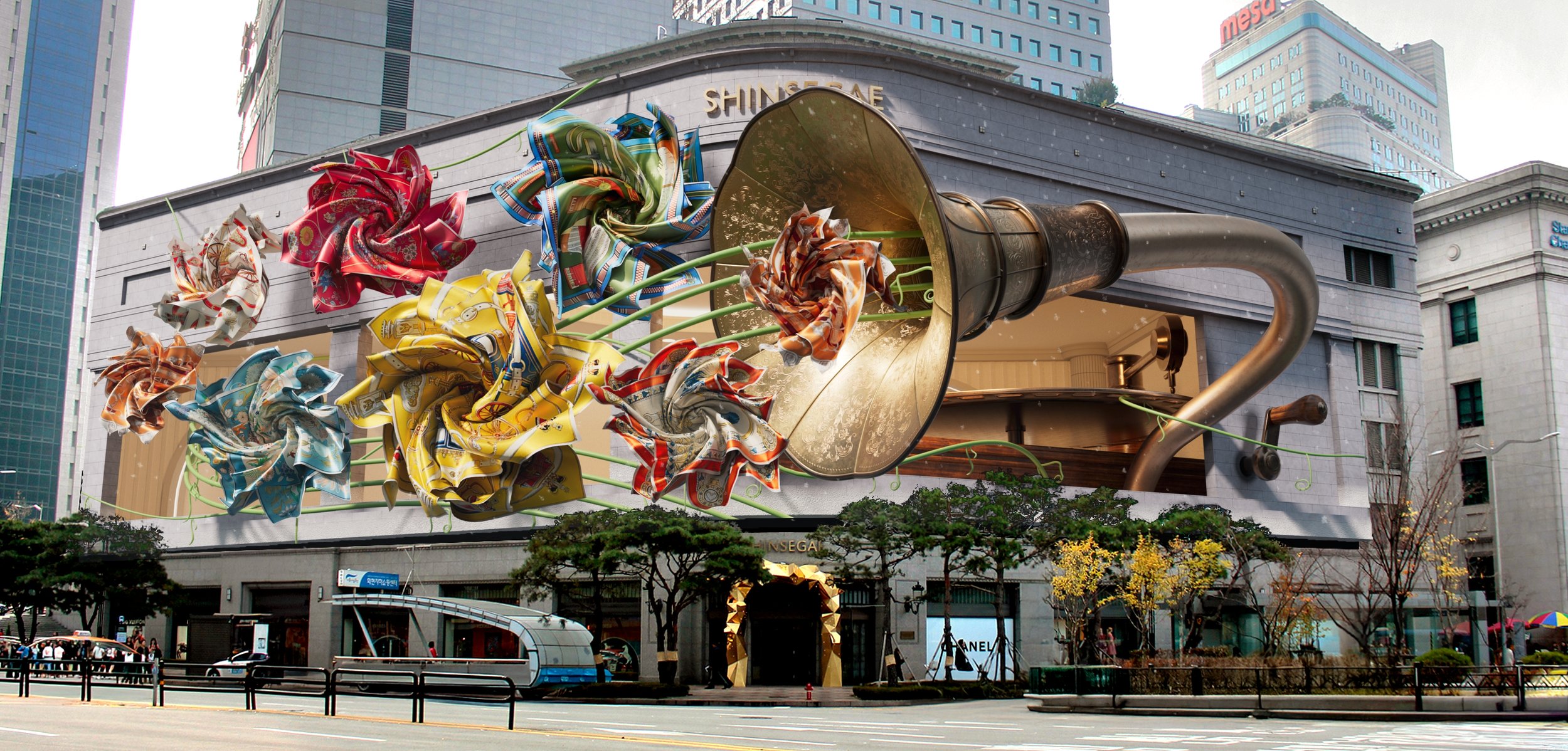From Motion Design to DOOH: Creating High-Impact LED Billboard Content
Motion Design has grown from a supporting communication tool into an essential part of today's visual landscape. With LED technology and DOOH expanding rapidly, Motion Design now extends beyond TV and digital screens into public spaces, making outdoor advertising come alive. The main problem is that putting regular video ads on LED Billboards simply doesn't work. So how can Motion Design techniques make DOOH content truly effective?
Context matters for DOOH content. Many brands wrongly treat these displays as just bigger versions of online ads. Unlike digital content where viewers choose to engage, DOOH appears in real-world environments with only 3-5 seconds of viewing time, no audio, and various environmental challenges. This means content needs clear details, high contrast, and perfect visibility in all conditions.
Netflix demonstrated this perfectly with their "Stranger Things" campaign in Los Angeles. They created a display with a screen that appeared to break open as monsters emerged, creating 3D effects without special equipment. This led to a 30% jump in Google searches during launch week, showing that understanding real-world viewing conditions directly affects campaign results.
For LED Billboard videos, quick movements capture attention best. Good-looking visuals aren't enough by themselves - research shows our eyes automatically notice sudden movements and unexpected visual changes. For best results, avoid slow movements and focus on strong visual elements. Despite the huge size of LED Billboards, too much information prevents viewers from processing what they see quickly. Samsung's Galaxy Z Fold 5 campaign at Times Square showed this approach well by using simple 3D effects to instantly show the product's key features.
When making DOOH content, ask yourself: "What will stick in someone's mind after just 3 seconds?" This answer should drive all your design decisions.
Modern DOOH videos work differently than traditional billboard designs. Old methods just enlarged existing ads, while today's approaches blend products naturally into urban environments, making displays feel like parts of buildings or landscapes.
This approach uses three key elements: leveraging the specific features of the location, adding interactive technology, and including surprising elements that keep viewers interested.
Loewe's Anamorphic 3D campaign in Seoul shows this perfectly. The brand displayed floating, rotating handbags with lighting effects that changed depending on viewing angle - turning an ad into a public art installation.
DOOH design requires strategic thinking. Designers need to understand display environments, viewer behaviors, and technical requirements. Success comes from effectively combining location context, purposeful motion, and instant viewer connection. DOOH is changing urban advertising and how people interact with brand messages.
Reference
Nielsen (2015) – Digital Out-of-Home Advertising Report.
AdAge (2022) – Netflix Stranger Things DOOH Case Study.
Dezeen (2023) – Loewe 3D Billboard Seoul.
Campaign Live (2023) – McDonald’s DOOH Case Study.

